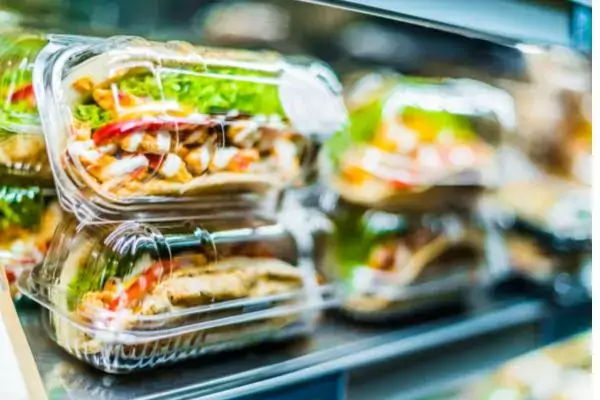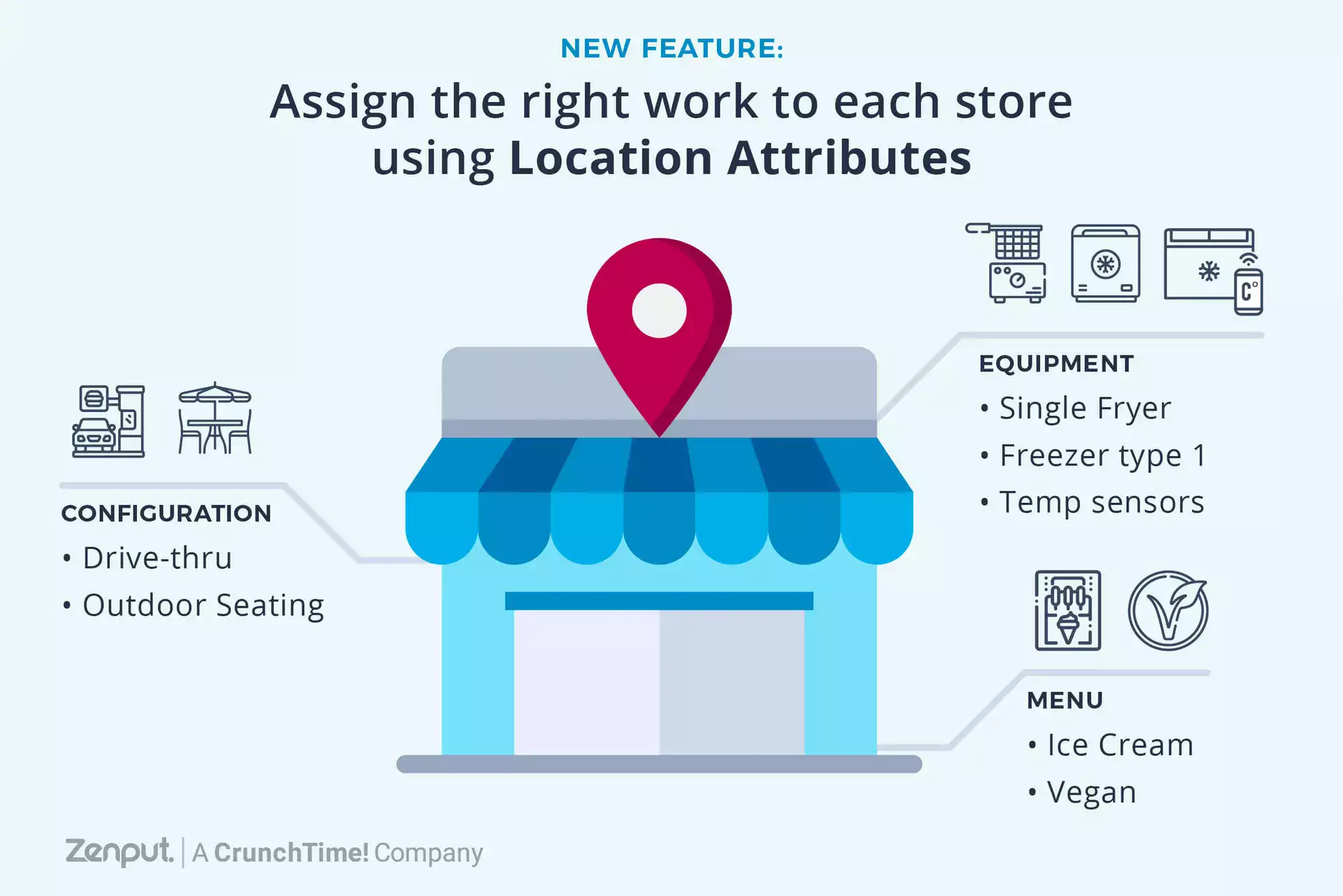Ever since the Amazon-Whole Foods deal was announced, Kroger has been under a media and market microscope. How would the U.S.’s largest supermarket chain (by revenue) react to such news? And how would the market react?
Unfortunately for Kroger, its stock has lost more than 38% of its value year-to-date. But Kroger is making it clear that when it comes to innovation, it won’t be backed into a corner—even during a time of fiscal hardships. Amid financial headlines, Kroger is experimenting with a new restaurant concept called Kitchen 1883, which offers a “fresh take on new American comfort food.” The first restaurant of its kind will feature a made-from-scratch menu, hand-crafted cocktails, and will be located at the retailer’s Marketplace store in Union, KY.
In her critical analysis of Kroger’s decision, Columnist Sarah Halzack writes, “If there were ever a moment for Kroger to rise to the occasion and show investors it has a serious, actionable plan to face down new threats, it is now. And so the company just put out a press release saying it is ... opening a restaurant?”
This is where industry data can point to some interesting conclusions. Halzack argues that restaurant spending is down and cites year-over-year same-store sales. However, Kroger CEO Rodney McMullen seems to be focusing on a different data set—the one that showed that spending on meals consumed outside the home surpassed spending on meals eaten at home last year.
Millennials spend 44% of their food dollars, or $2,921 annual, on eating out—more than ever before, as the Food Institute reported last year. McMullen has said that he views anything involving food sales as competition to Kroger, and when it comes to restaurants, he wants a piece of the pie.
“If people are eating a meal, we want to get our fair share of that meal,” he told The Wall Street Journal. “Anybody who is getting a meaningful part of that, we’d worry about.”
This isn’t just one CEO’s rogue plan. Jim Hertel, senior vice president at Inmar’s Willard Bishop Analytics, also thinks that it makes sense for a supermarket to get into the restaurant business. “When you start thinking about the ways people consume food these days, this is all part of the same pie,” Hertel told Cincinnati Business Courier. “Traditional supermarkets have been share donors for years. Kroger has been fairly experimentative. I wouldn’t be surprised to see more experiments.”
McMullen has made it clear that Kroger has not been scrambling in the aftermath of the Amazon-Whole Foods deal. “Several years ago, we decided that the customer wants a physical experience and an online experience,” McMullen said. “Obviously, it surprised the market a lot more than it did me.”
And several years later, it would appear Kroger made the right call. The shift to e-commerce grocery shopping is quickly taking shape, but it remains to be seen how drastically consumer habits will change. Still, 99% of adults buy groceries in-person at brick-and-mortar locations, according to the International Council of Shopping Centers. Here’s what shoppers like about shopping in-store:- 71% of respondents noted the ability to seek immediate access to products
- 70% cited the ability to select fresh meat, dairy and produce
- 69% liked the ability to see the product options and hand-select what they want
Subscribe to our blog
You are now subscribed!


